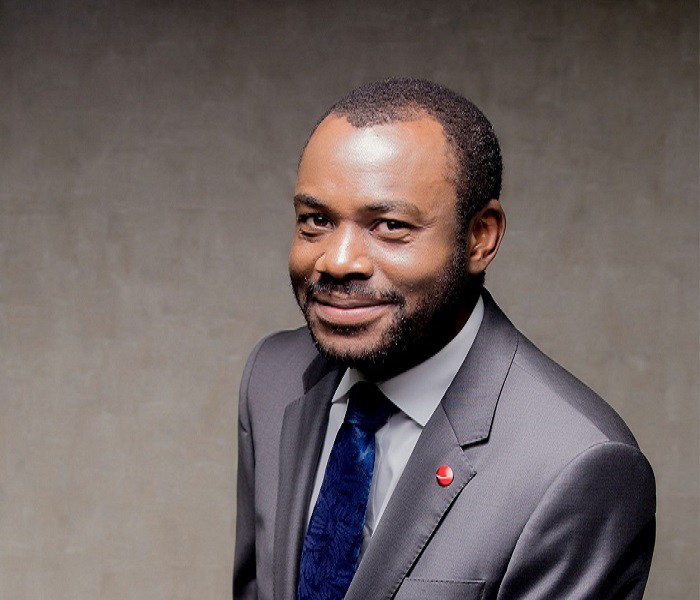Abubakar Suleiman, the newly appointed CEO for Sterling Bank visited the Nigerian Stock Exchange (NSE) last week to present the bank’s fact behind the figures. He spoke to a financial journalist on his plans as the new CEO and shared insights on the growth of the bank’s Q1 top and bottom line. ADESOLA AFOLABI who was there brings the excerpts.
In January this year, you were appointed as Sterling Bank’s CEO, what are your strategies for growth? Are you going to reposit the bank or are you going to build on existing strategies?
Well, I have been in the bank for well over a decade. So I am part and parcel of the existing strategy. I think what we have is an opportunity to continue with the part of the best strategies that has worked and at the same time to ac- celerate new ideas that we think can contribute to the bottom line.
The real major change for us is on the asset side, where we have identified five major sectors that we will be focusing on. These are the health sector, the education sector, agriculture, renewable energy, and transport.
You must have seen our investment in transport. We are also clearly one of the leading banks when it comes to financing agriculture.
You should hear more from us regarding health and education in the coming days, and we are also going to transform power at the retail SME level, we want to transform how people assess power at their businesses and homes using our re- newable energy strategy.
What sectors are you looking at for loan growth this year?
You will see continued growth in agriculture, which constitutes about 10 percent of our total risk asset. There will also be growth in health and education. These are sectors we have invested in the last 3 years, looking to de-risk the sector so that we can appropriately price risk as- sets as well as equity coming in.
Obviously, transport, where we have also significantly invested, will also see loan growth in that sector as well.
What drove the 65.2% increase in PAT for the bank in Q1 2018?
The increase you saw in PAT was driven by significant increases in gross revenue.
There were increases in both our interest income and non-interest income. A material increase in our client base also contributed to the growth, as our customer numbers increased to over 3 million while total assets of the company crossed the N1 trillion mark in 2017.
In your financials, impairment charges are down 50 percent, and cost of risk is down 1.4percent, what drove this?
Impairment of the previous year was driven by the downturn of the economy and we were quite aggres- sive in providing for the assets that did not perform as intended. We also saw a lot of right-backs, as these companies began to do well. For the cost of risk, we think the trend will
remain downward but at the same time, we have also seen a significant increase in our other income lines especially transaction income as well as trading income.
Looking at some of your digital products over the last year, there is an app by the bank that allows people pay for bus trips wirelessly. To what extent is digital a part of your strategy going forward.
“Our commitment to the digital strategy has been known for a while, what you are seeing now are out- comes.
We have spent the last two years investing in what we think is a bot- tleneck in financing mass transpor- tation, we have significant invest- ment in mass transit and we figured it was important to have a seamless payment system, not just for us to collect but also for other investors to collect.
It’s a major step, we are collaborating with state government and at the federal level to make sure that the payment systems are in place and you should see measurable improvement in mass transit in the coming years.
It’s not just in the transit system we have solutions that we have deployed in the retail marketplace that we also feel will define how banks are able to attend to the customers need going forward, especially in retail credit.



